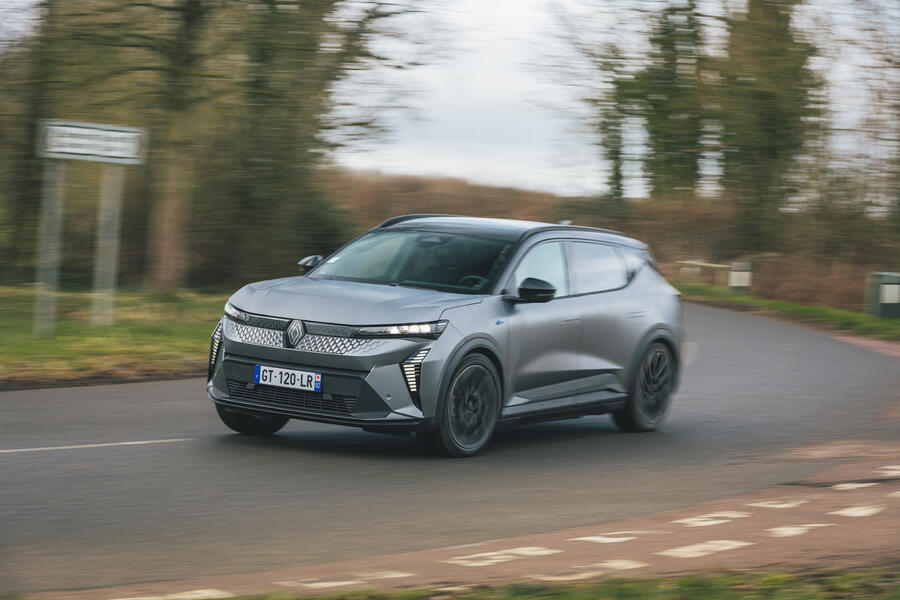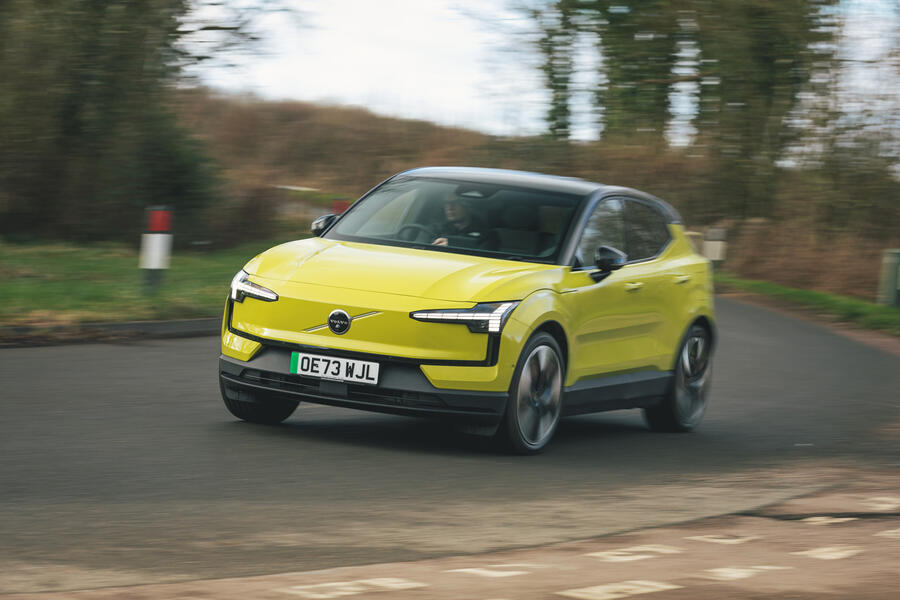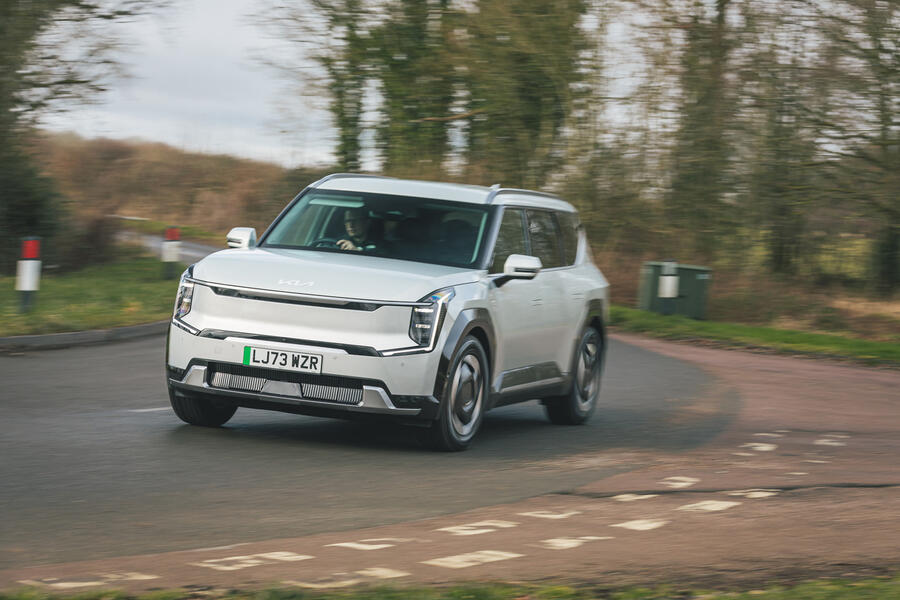Welcome to an Autocar group test designed by committee. If we had it solely our way, you would be about to read a group test between the BYD Seal, Honda CR-V, Kia EV9, Lucid Air, Renault Scenic, Toyota Prius and Volkswagen ID 7.
Instead, of those, only the Seal, EV9 and Scenic are among the cars gathered at Silverstone one breezy February morning for a final round of testing for the 2024 Car of the Year (COTY) award.
They are joined by the BMW i5, Toyota C-HR, Volvo EX30 and not quite the Peugeot e-3008 (that's some Photoshop trickery on the opening spread, about which we will explain shortly).
Autocar is a sponsor of COTY, the winner of which this year will be announced at the returning Geneva motor show on 26 February. But our ballot paper is one of only 58 from jurors from 22 countries across Europe.
As you may recall in a story in our 6 December 2023 issue on the long list testing, each juror nominates seven new cars that were driven and on sale before the end of the previous calendar year and the seven cars with the most combined votes then make up the final shortlist. And here they are.
It's a democracy we're happy and proud to be part of, and three out of seven of our original picks is not so bad - and regardless, each car on the shortlist is worthy of its place and we start this last round of testing afresh and without preconceptions.
To qualify for COTY, cars must be all-new. So no facelifts are permitted, nor are derivatives allowed (for example, a new estate version following a year after the hatchback).
According to the COTY statutes, "the main criteria on which a car should be judged are the following: general design, comfort, safety, economy, handling and general roadworthiness, performance, functionality, general environmental requirements, driver satisfaction and price. Technical innovation and value for money are major factors." The last bit explains why the award is rooted firmly in the mainstream market.
It's yours truly who has his name on the voting paper but I consider the votes very much those of Autocar, which is why road test editor Matt Saunders has joined me alongside the other five UK jury members (regular Autocar contributors Andrew Frankel and Vicky Parrott among them) at Silverstone for the day.
2024 Car of the Year nominees at a glance
Matt Saunders (MS): It's a fairly varied bunch at a glance, this: a couple of pretty trad saloons, small SUVs, big SUVs and a couple of crossovers. It should be interesting. I'm glad the Kia EV9's here, and I expect plenty of the Renault, but I'd have had a Volkswagen ID 7 instead of the BMW.









































Join the debate
Add your comment
"Technical innovation and value for money are major factors. The last bit explains why the award is rooted firmly in the mainstream market."
A market still way over my head, unfortunately.
Now we know how Volvo achieved the EX30's low price.